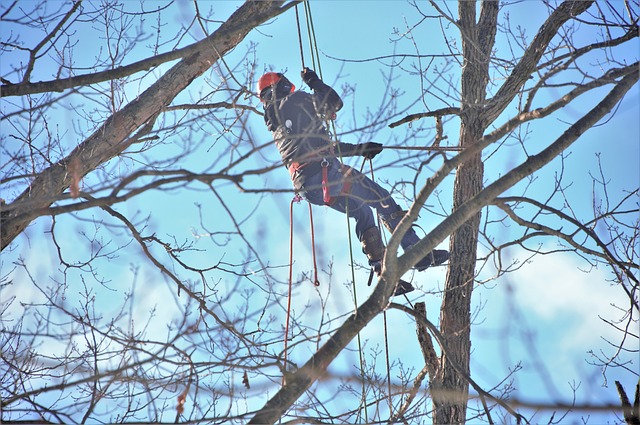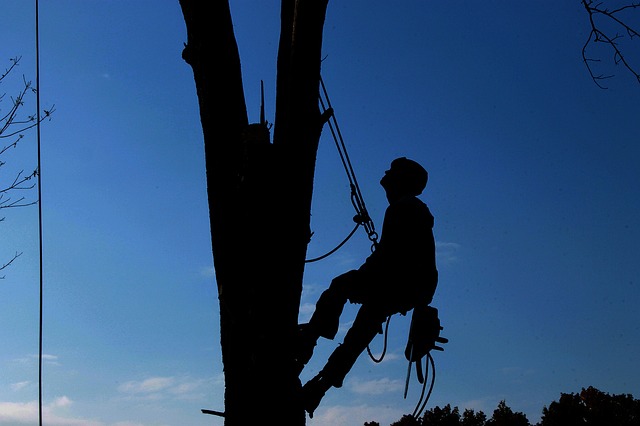Tree removal is a hazardous undertaking, and even with proper safety protocols and protective equipment, there are still potential safety hazards that should be taken into account. The risks associated with tree removal vary from species to species and depend on the specific removal situation. The following list outlines some of the potential safety hazards associated with tree removal:
– Falling branches or trees
– Unstable footing
– High winds
– Electricity lines
– Poor visibility due to darkness or environmental conditions.
It is important to assess the risk before beginning any tree removal operation. This includes conducting a thorough inspection of the surrounding area and tree species, as well as making sure that all necessary safety protocols and protective equipment are in place. Professional arborists should also take note of weather conditions such as wind speed, temperature, humidity, and cloud cover prior to commencing work. Furthermore, they should ensure they have reliable communication systems in place in order to alert others if an emergency arises during a tree removal operation.
In order to reduce the risks associated with tree removal operations, it is important for any personnel involved to be aware of their surroundings at all times and exercise caution when working with potentially dangerous tools or materials. Additionally, it is essential for workers to adhere to all safety protocols established by their employer or governing body. Taking these steps can help protect against injury or damage during tree removal operations.
Tree removal is the process of cutting down and removing trees from a given area. It is sometimes referred to as tree cutting, tree felling or removing trees. The removal of trees can be done for several reasons such as clearing land for construction or development, providing access to natural resources, reducing fire hazards, and creating space for recreational activities.
The tree removal process involves cutting down the tree safely and efficiently and then removing it from the site in its entirety. Depending on the size of the tree and its location, a variety of techniques can be used to remove it. These may include manual cutting with chainsaws or handsaws, using heavy machineries such as cranes or excavators, or even burning the tree if necessary.
Once removed from the site, the remaining parts of the tree must be disposed of responsibly in order to minimize environmental impacts. This can include chipping or composting branches and leaves, disposing of large logs through a recycling facility, or burning smaller pieces of wood on-site.



